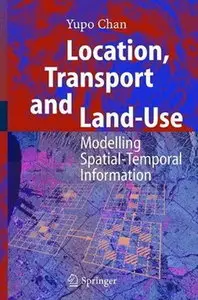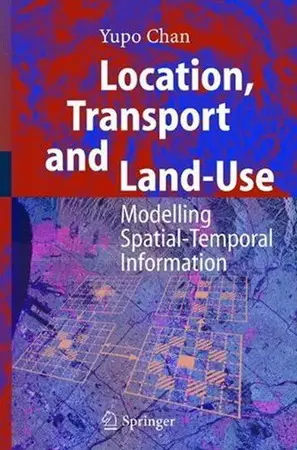Location, Transport and Land-Use: Modelling Spatial-Temporal Information by Yupo Chan
English | 2004 | ISBN: 3540210873 | 957 Pages | DJVU | 14 MB
English | 2004 | ISBN: 3540210873 | 957 Pages | DJVU | 14 MB
1. Theme and focus Few books are available to integrate the models for facilities siting, transportation, and land-use. Employing state-of-the-art quantitative-models and case-studies, this book would guide the siting of such facilities as transportation terminals, warehouses, nuclear power plants, military bases, landfills, emergency shelters, state parks, and industrial plants. The book also shows the use of statistical tools for forecasting and analyzing implications of land-use decisions. The idea is that la- use on a map is necessarily a consequence of individual, and often conflicting, siting decisions over time. Since facilities often develop to form a community, these decisions are interrelated spatially—i. e. , they need to be accessible to one another via the transportation system. It is our thesis that a common methodological procedure exists to analyze all these spatial-temporal constructs. While there are several monographs and texts on subjects related to this book's, this volume is unique in that it integrates existing practical and theoretical works on facility-location, transportation, and land-use. Instead of dealing with individual facility-location, transportation, or the resulting land-use pattern individually, it provides the underlying principles that are behind these types of models. Particularly of interest is the emphasis on counter-intuitive decisions that often escape our minds unless deliberate steps of analysis are taken. Oriented toward the fundamental principles of infrastructure management, the book transcends the traditional engineering and planning disciplines, where the main concerns are often exclusively either physical design, fiscal, socioeconomic or political considerations.





